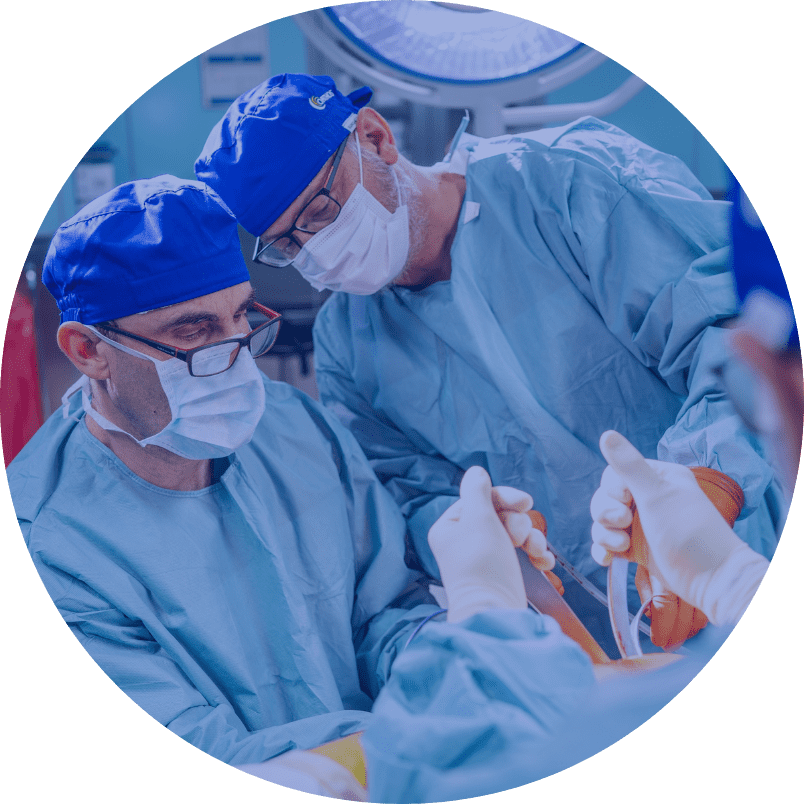Hip Arthroscopy



Shoulder arthroscopy Hip endoprosthetics Bunion correction surgery Stem cells ACL reconstruction Knee endoprosthetics Brachial plexus reconstruction Treatment of traumatic peripheral nerve injuries in the extremities Surgical treatment of neoplastic and tumour-like lesions of the peripheral nerves and brachial plexus High density platelet-rich plasma Carpal Tunel release procedure Knee Arthroscopy Hip Arthroscopy
Hip arthroscopy is performed mostly due to femoral acetabular impingement but is also applied in other hip diseases. It is a healing procedure. Possibilities of modern diagnostics effectively eliminated so-called diagnostic arthroscopies.
The hip issue diagnostics shall be performed by an orthopaedic surgeon. In case of young people (15-65 years old), a physician specialized in hip diseases and offering NOT ONLY hip endoprosthesis is the best choice.
Hip joint disorders are very often related to pain in the groin area. Sometimes a hip disorder is accompanied by inguinal hernia. It is frequent situation when people suffering from this issue come to a general surgeon. Therefore it is a good idea to consult with a 3-member therapeutic team: an orthopaedist – physiotherapist – general surgeon specialized in hip and groin disorders.
In the diagnostics the following is of crucial importance:
– Detailed history
– clinical examination
– diagnostic imaging: x-ray, magnetic resonance imaging (MRI) and computed tomography (CT)
Hip arthroscopy is a surgical technique which revolutionized the treatment of common pain in hips. When used at the early stage of the disease, it allows for postponing or even avoiding arthroplasty of the hip joint. During the procedure an orthopaedist introduces a camera and an arthroscopic tool through small skin incisions.
Due to specific hip joint compact dimension, arthroscopic techniques were developed relatively late. Not sooner than after use of traction it is possible to pull head of the thigh bone out of acetabulum. Exceptionally deep location of hip joint hidden in the whole muscle and other tissues mass surrounding the hip joint is another difficulty. It causes that hip arthroscopy is an extremely demanding treatment. Specific tools dedicated exclusively to this treatment as well as an orthopaedist experienced in performance of endoscopic procedures are essential for performance of hip arthroscopy.
During the procedure an orthopaedist removes exostoses, repairs eponychium, if possible or removes unstable fragments in case of irreparable damages or repairs acetabulum cartilage.
Hip arthroscopy is performed under general anaesthesia. The procedure is performed with use of endoscopic vision set controller by C arm (a mobile x-ray machine used during the performance of the procedure). A surgeon makes 2-4 incisions of the skin above the hip joint and arthroscopic optics and a repair tool are put inside the joint.
Rehabilitation gets started on the next day after the procedure. Operation follow-up is determined individually depending on the repair type. A 2-4-week period of walking on crutches for the operated limb relieve is frequently recommended. During the rehabilitation period which lasts approximately 6 (3-8) months, we pay attention to proper muscle building, stretching, rolling and manual therapy, particularly to learning retroversion of pelvic and changing improper habits.

